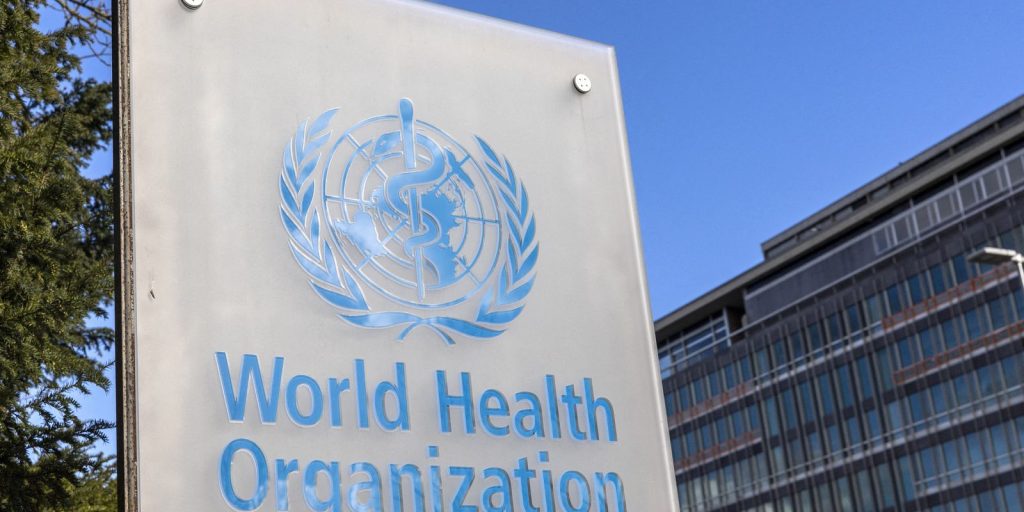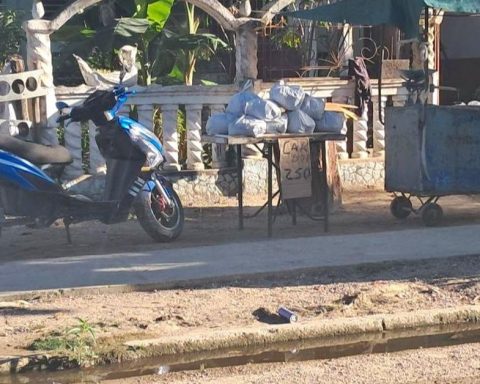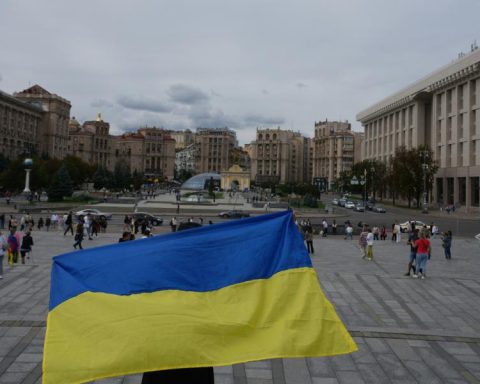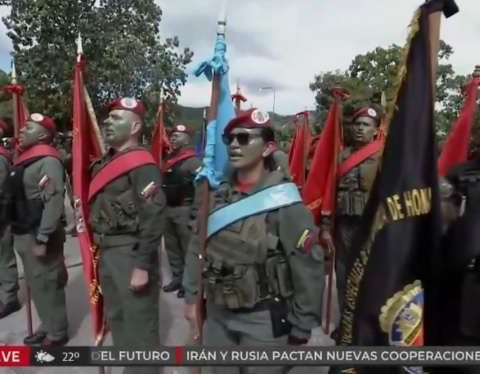Last week, the quotes for the dollar The exchange rates of the blue and the official dollar reflected the country’s economic tensions and dynamics. The official dollar, which is the exchange rate controlled by the Central Bank of the Argentine Republic (BCRA), was quoted on Friday, August 16 at $921.50 for purchase and $961.50 for sale on the screens of the Banco de la Nación Argentina (BNA).
This exchange rate is used primarily for government-regulated commercial and financial transactions. He dollar The official exchange rate has been on a steady rise in recent months, driven by inflation and the government’s need to adjust the exchange rate to maintain export competitiveness.
However, this adjustment has also generated additional inflationary pressures, since many products and services in Argentina are dollarized. dollar blue, which is the parallel or informal exchange rate, was quoted at $1,345 for sale and $1,325 for purchase on the same day.
This exchange rate is used by those seeking to avoid government-imposed currency restrictions and access dollars more quickly and easily. The gap between the official dollar and the blue dollar has been a constant cause for concern.

Fountain: Dollar Today.
This difference reflects the lack of confidence in the government’s economic policy and the perception of risk on the part of investors. In addition, the exchange rate gap encourages speculation and the black market, which further complicates the country’s economic situation.
This Monday, August 19, the blue dollar is quoted at $1,325 for purchase and $1,345 for sale. Meanwhile, the official dollar is quoted at $922 for purchase and $962 for sale.Several factors influence the official dollar and blue dollar prices in Argentina.

Factors
The BCRA’s decisions on interest rates and money supply control have a direct impact on the official exchange rate. The BCRA’s interventions in the foreign exchange market also seek to stabilise the exchange rate and prevent sharp fluctuations.
High inflation in Argentina, which has been a persistent problem for decades, erodes the purchasing power of the peso and increases the demand for dollars as a safe haven. This puts pressure on both the dollar official as the blue dollar rises.


















